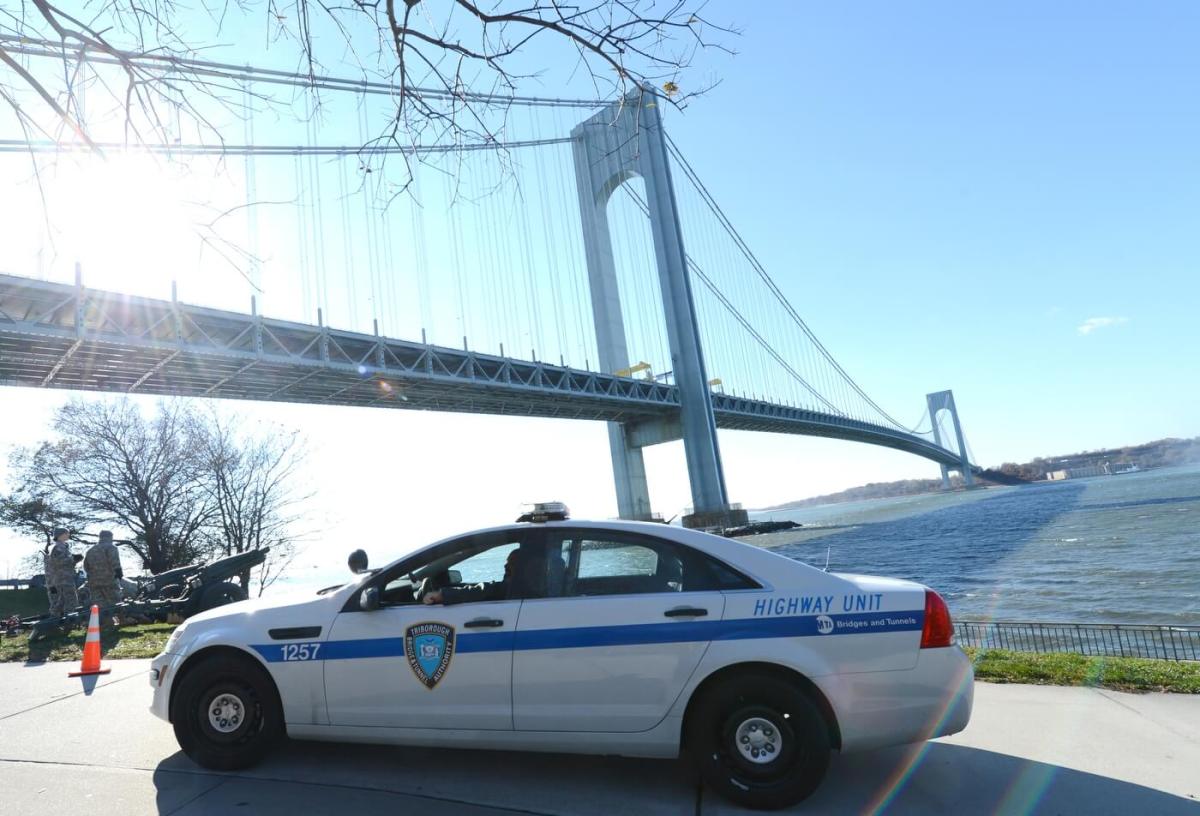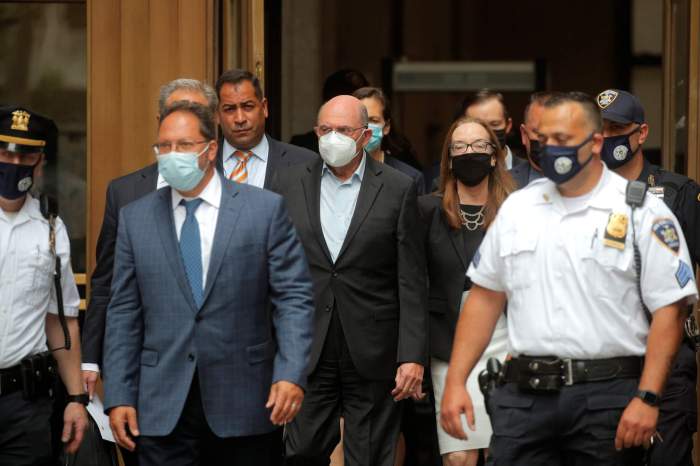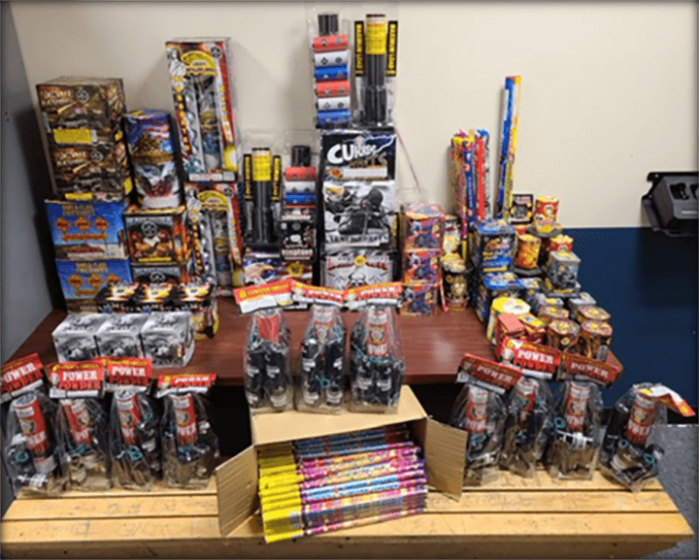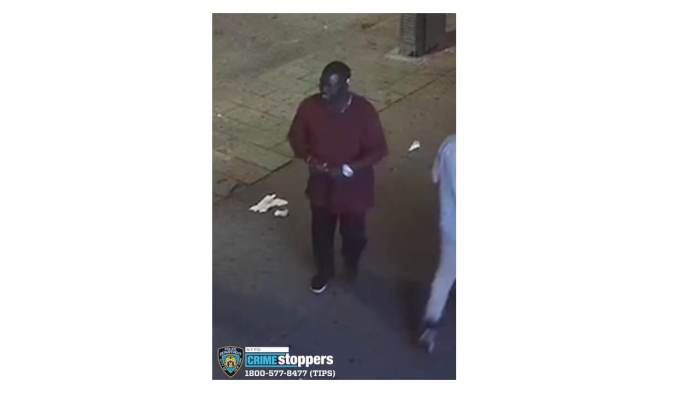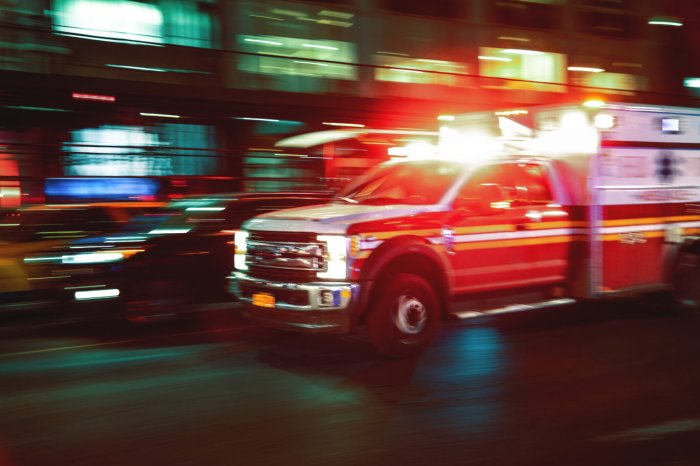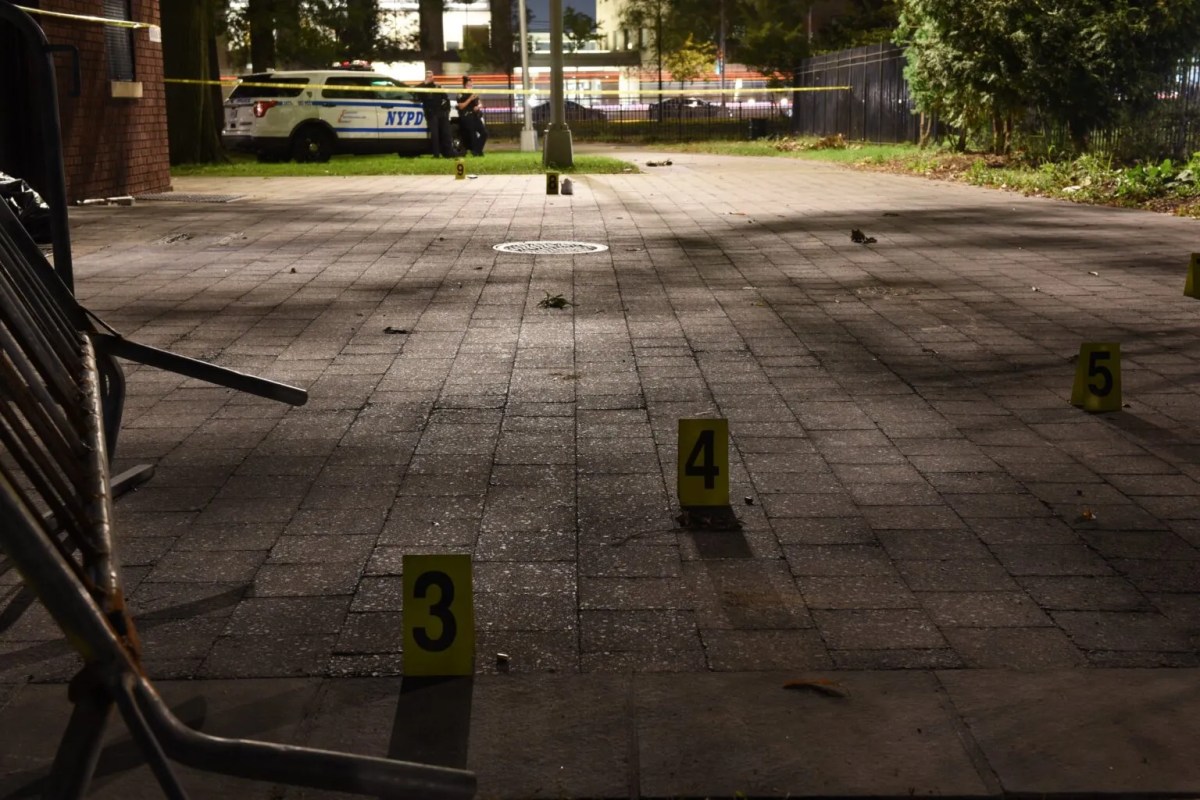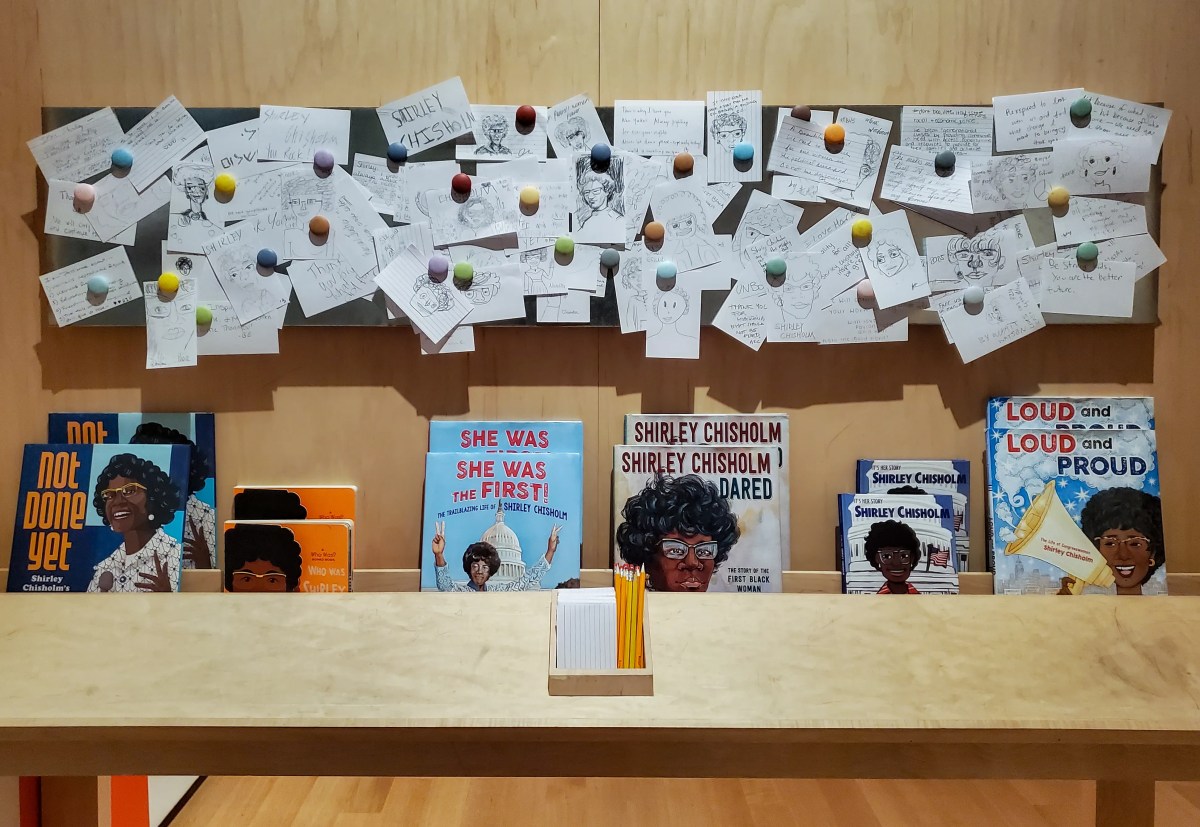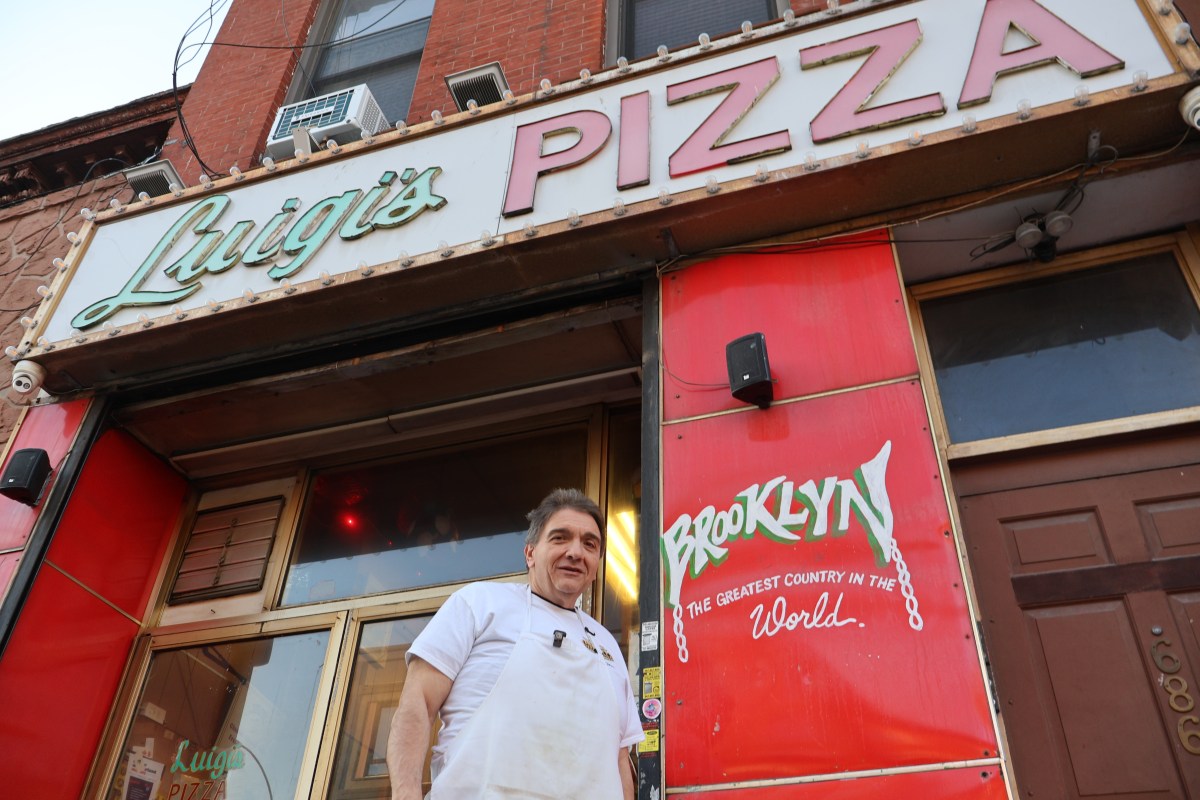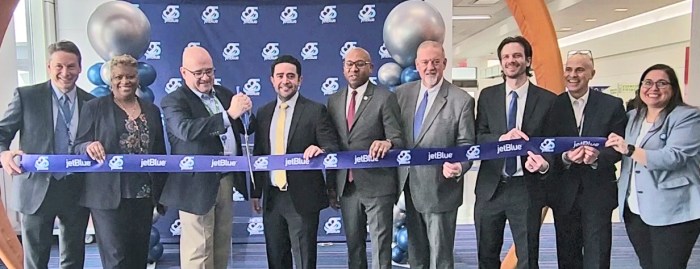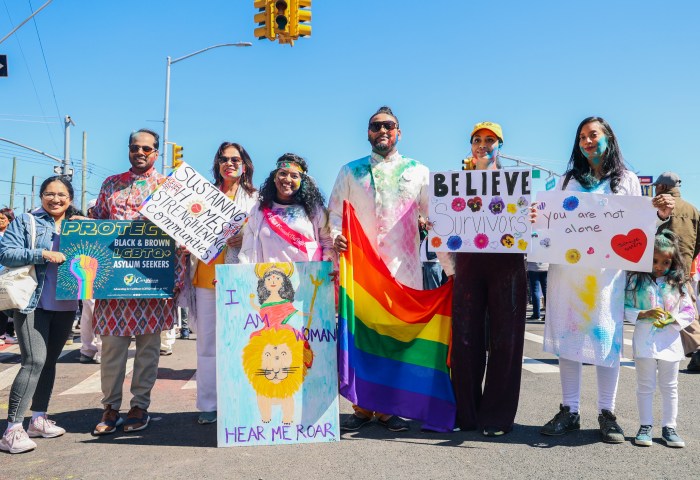The MTA’s Bridge and Tunnel law enforcement officers should start donning body cameras and up transparency when it comes to handling misconduct complaints, according to a report released by the transit agency’s internal watchdog Thursday.
“Transparency, especially as it relates to handling complaints about possible misconduct by law enforcement, is always the first step towards accountability, transformation, and maintaining the public’s trust,” said MTA Inspector General Carolyn Pokorny in a July 8 statement.
The small 326-member force of Bridge and Tunnel Officers are peace officers as opposed to cops and not all of them carry a gun, according to the Office of Inspector General (OIG). That’s just more than a third of the 905 MTA Police Department officers and a little over a percent of the 36,000-strong NYPD.
Because some of the uniformed officers are armed, they are “indistinguishable” from police officers to the public, according to the report.
BTOs were for decades primarily tasked with collecting cash tolls from drivers on the agency’s seven bridges and two tunnels which carry 329 million vehicles a year.
Since that job has been largely automated over the past 25 years with technologies like E-ZPass, cashless tolling, and Open Road Tolling, BTO’s have pivoted to enforcing traffic laws, helping motorists, and responding to emergencies, such as toxic materials spills.
There have been only 50 complaints about B&T officers’ behavior from July 1, 2017, through June 30, 2020, which comes down to about 16 per year, or one per month.
Examples in the report are relatively tame compared to complaints against other law enforcement agencies. They include an officer using profanity against a taxi driver on the Queens Midtown Tunnel in 2018, a BTO forgetting to give back a driver’s license and registration after the motorist was arrested, and another officer not wearing his face mask properly while stopping a driver on the Robert F. Kennedy Bridge in 2020.
Their role shifted in March 2021 when MTA deployed 140 BTOs — more than a third of the force — to help crack down on bus fare evasion and enforce mask compliance, and the OIG report forecasts an increase of “negative interactions” due to closer contact with straphangers.
“These deployments clearly benefit the MTA but also carry a risk: they require officers to interact with members of the public in new ways – perhaps more directly, in more restricted spaces, and in more intense situations. For these reasons, the likelihood of negative interactions might increase, an important consideration for leaders of law enforcement units,” the report reads.
The watchdog urges B&T to give its officers body cameras, like the MTA PD, which is currently in the process of adopting the new technology.
B&T leadership apparently bristled at the suggestion saying the cameras being too expensive, but eventually accepted the OIG’s recommendation to develop a plan for equipping its agents with the devices.
The watchdog office lists a total of 15 recommendations to make the BTO’s more accountable and transparent, similar to a previous report targeting MTA PD, which was released last week.
Those include measures like creating an early intervention system to detect when there are several complaint about an officer’s conduct, formalizing the investigations by providing clear timelines and communicating with the complainant, publishing an annual report of complaints, and modernizing the case records.
Like MTA PD, B&T accepted 14 of the guidances but took exception to publishing its disciplinary matrix, saying the move would go against its existing labor agreements.
B&T expects to implement those recommendations by the end of 2022.
The inspector general formally gained an oversight role of the law enforcement arm after New York state lawmakers passed legislation as part of a package of police reform bills in the aftermath of the police murder of George Floyd in Minneapolis last summer.
In a statement, an MTA spokesperson said B&T has started making changes following the lead of their partners at MTA PD, while working with the transit authority’s headquarters.
“The agency has begun implementing new policies to improve formal investigation, transparency, and reporting functions and continues to work in consultation with MTA HQ and IT to achieve these goals,” said Meredith Daniels.



